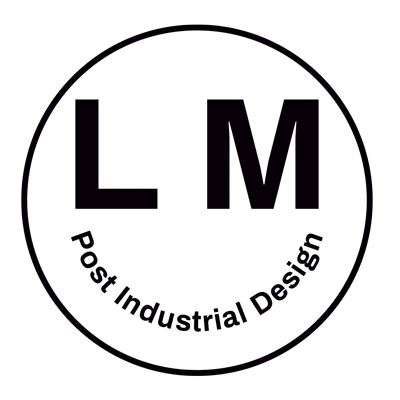GENE.sys
Parametric 3D printed saddle
Master's Thesis - 2019
GENE.SYS is the result of the synergy between the most recent technologies: additive manufacturing, generative design, and user-centered design interact to allow the cyclist to create a saddle based on his own genetic criteria, thus guaranteeing comfort, high performance, and complete control of the creation process. The user can configure the saddle according to his own physical parameters and according to the type of use using an online configurator. He becomes the real designer of his own product, creating an even stronger connection with the final object.
The project was developed as a Masters Thesis for the Master’s Degree of Product Design For innovation at Politecnico di Milano
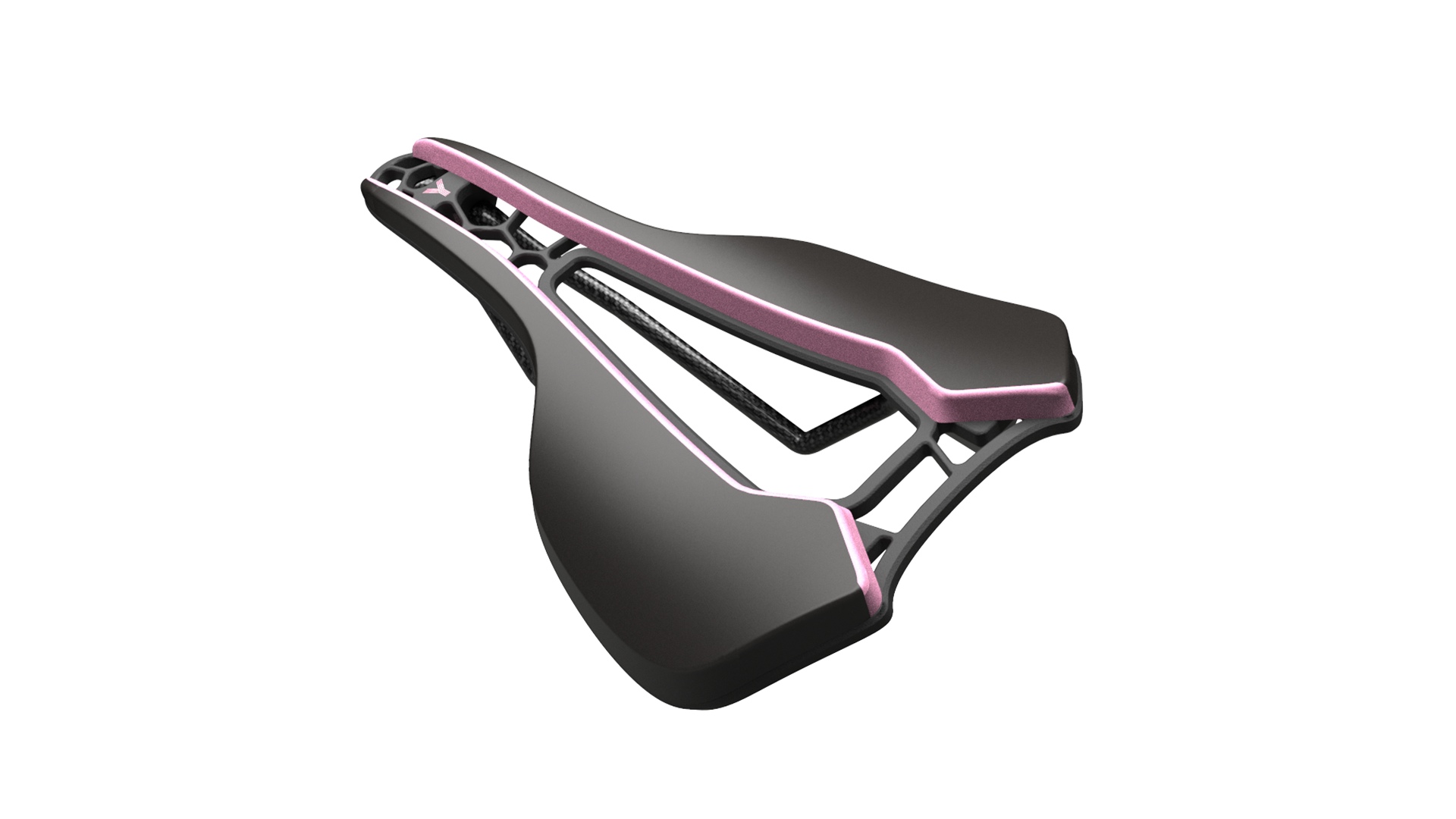
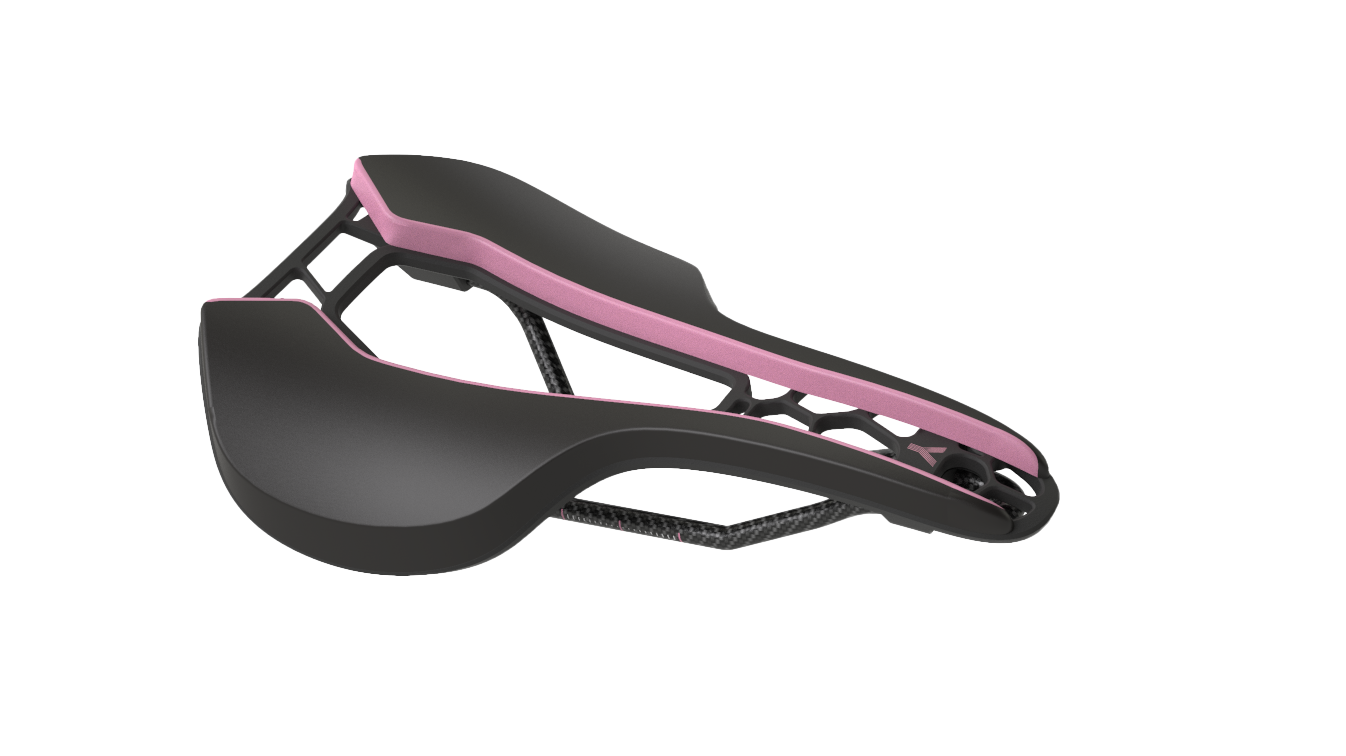
Comfort comes first
When I decided to design a saddle the main objective was clear: It must be comfortable. There’s no such thing as the pain caused by the saddle, it’s sneaky and unpredictable, once it comes it ruins your ride.
So I started researching what was the trigger point that causes the saddle pain, it came up quite easily that discomfort is caused by ergonomic issues. In particular, it is caused by a genetic factor that varies from people to people and it’s the ischial variation, the distance that passes between the two touchpoints on the saddle. If the distance of the saddle doesn’t match the measure needed it to cause a wrong pressure dispersion and consequently pain. There’s another factor too, the rider flexibility that causes movement while pedaling, the more is the elasticity the less the rider needs to be helped by the saddle and vice-versa.
Those genetic parameters vary a lot from rider to rider and are the direct reasons causing saddle pain since the actual market offers just two or three main measures when even a millimeters could make the difference. Saddle, just like a bicycle could be mass-produced, but if you want the ultimate experience you just have to tailor your bike and your saddle on your body, and thanks to the digital fabrication a new level of personalization is now a reality.
Mass customization meets parametric design
Industry 4.0 is a big key to this project. It exploits the main advantages of additive manufacturing that paired with parametric design could create infinite possibilities and every one of it still feasible. Even more, applying the approach of user-centered design every product could be now designed and tuned on the specific needs of the rider.
With an ecosystem like that is now possible to let the user create his product, increasing firstly the satisfaction of the clients, whose buying something he creates by himself; secondly by covering a wider market sector.
An online configurator, then, is the best solution to let people create and play with the functionality of the parametric design. The challenge for the designer, here, is to create the laws under the saddle could flow. Avoiding errors and guide users through product design.

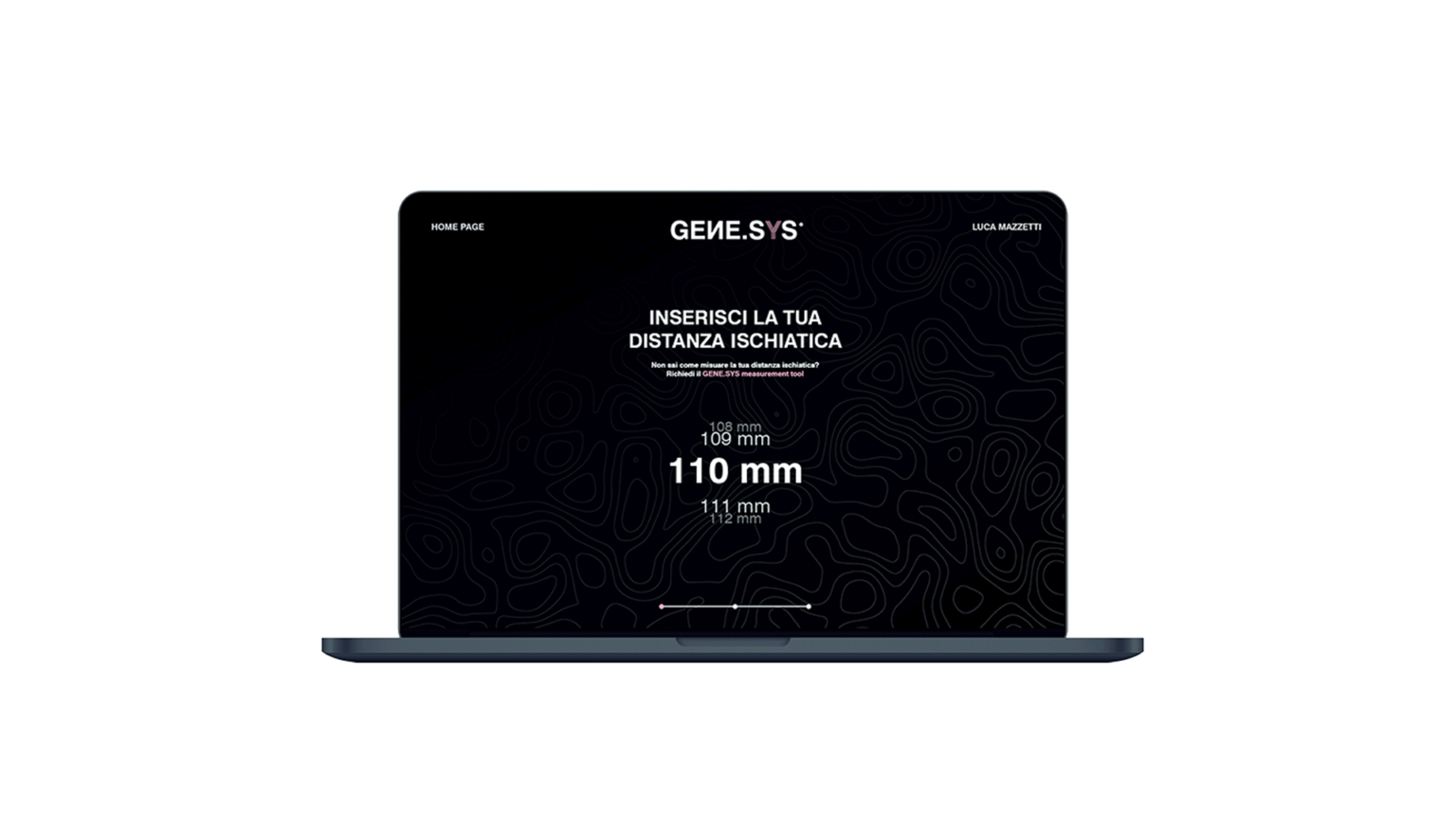
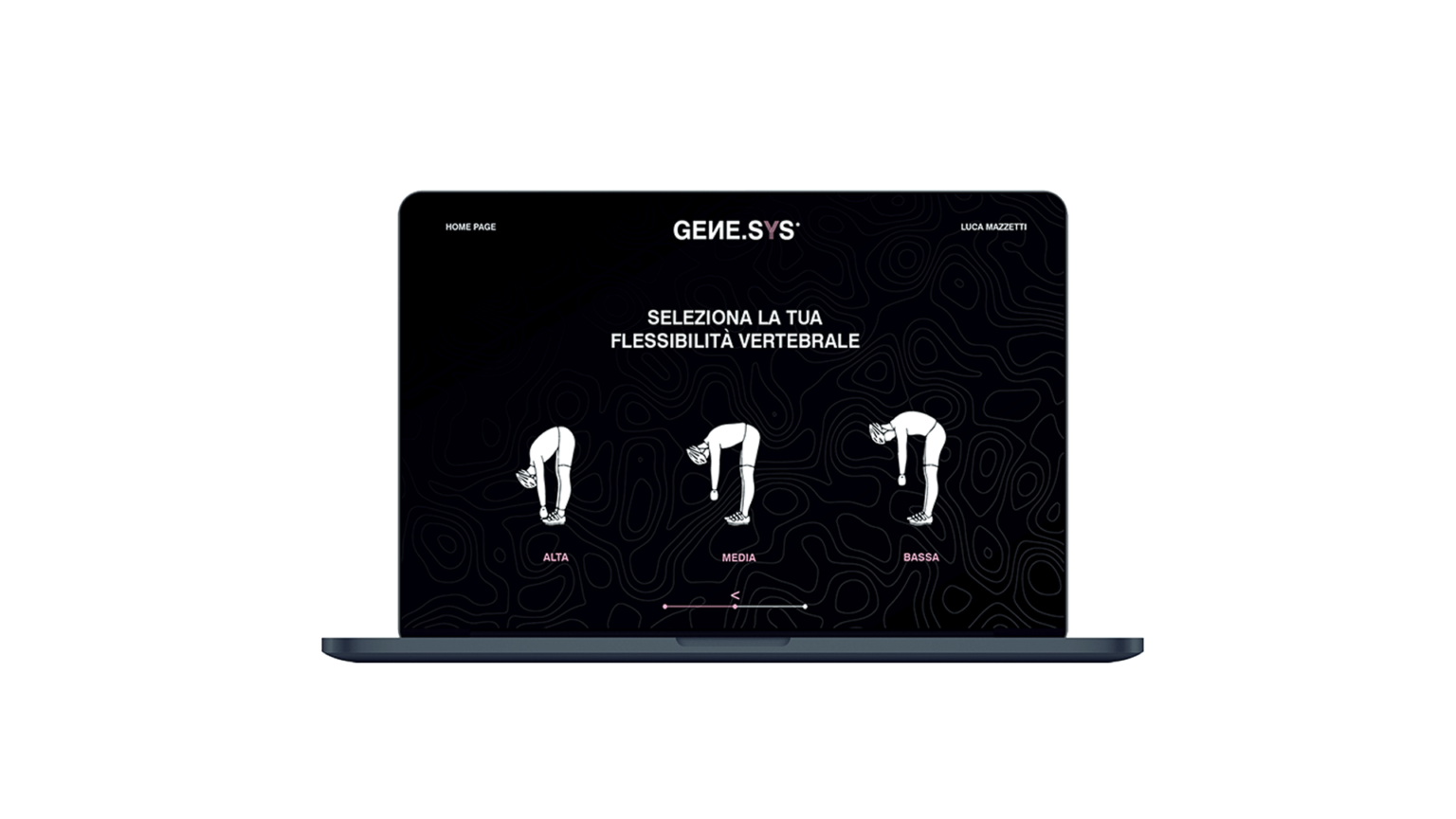
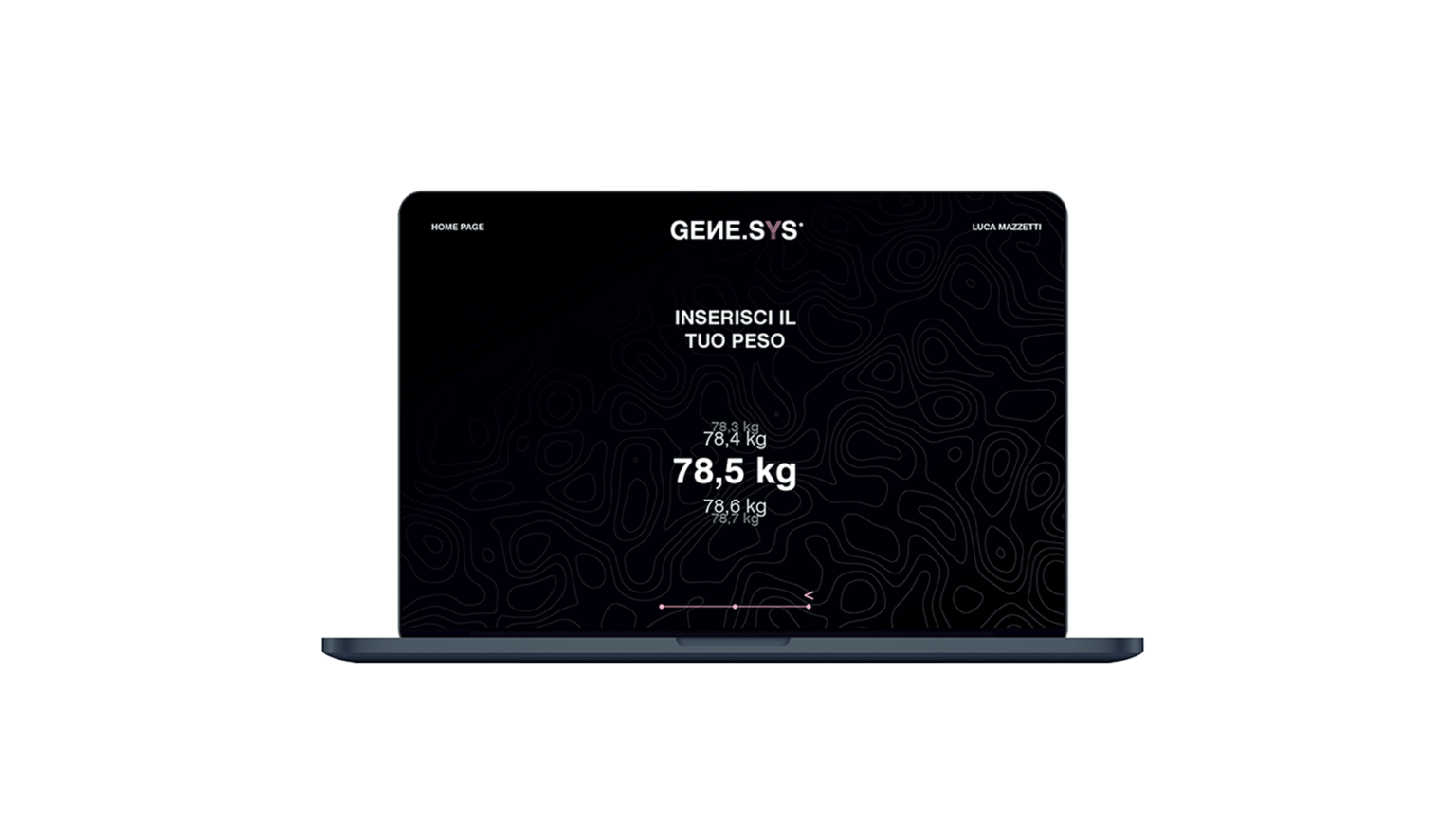
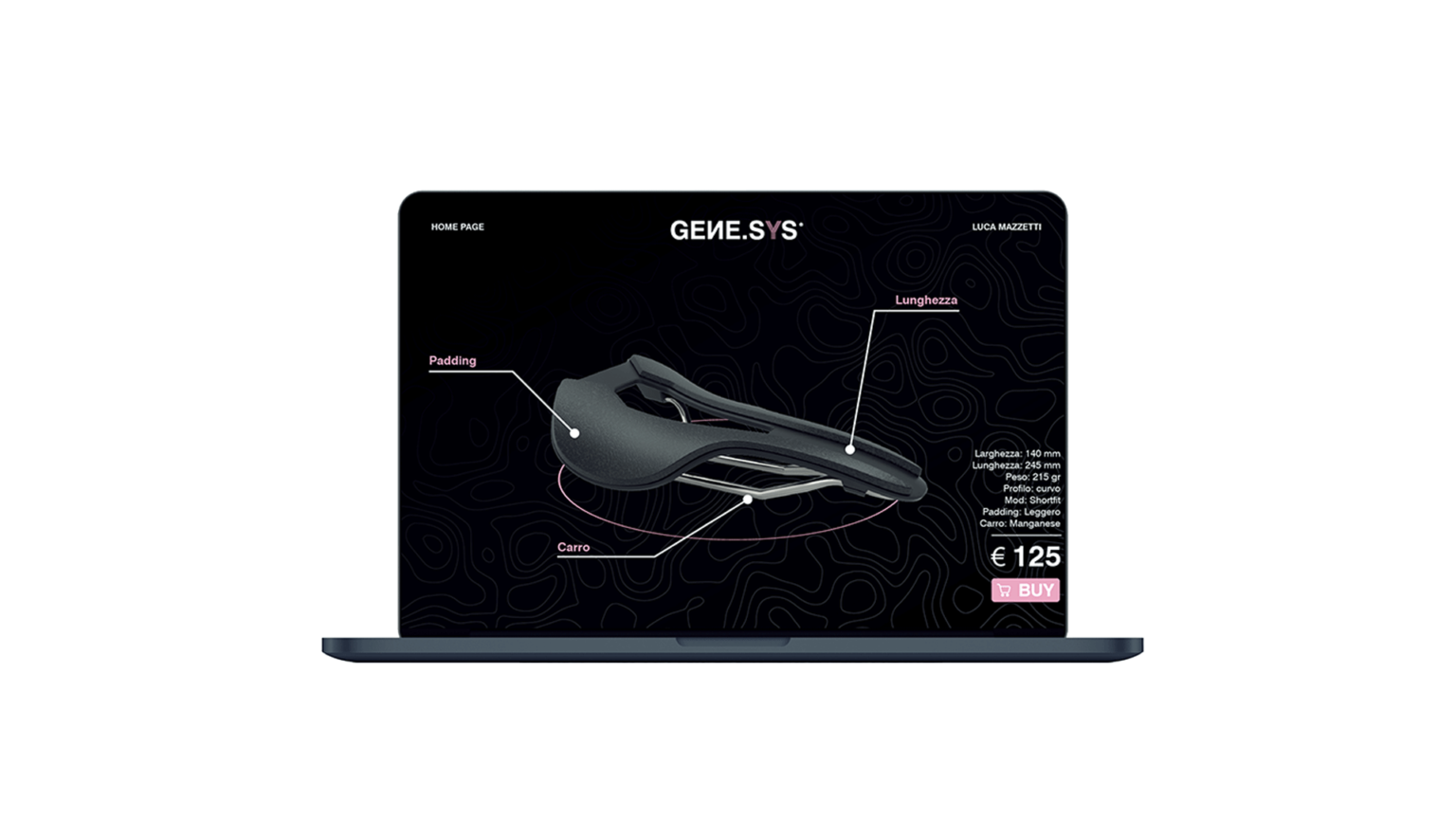
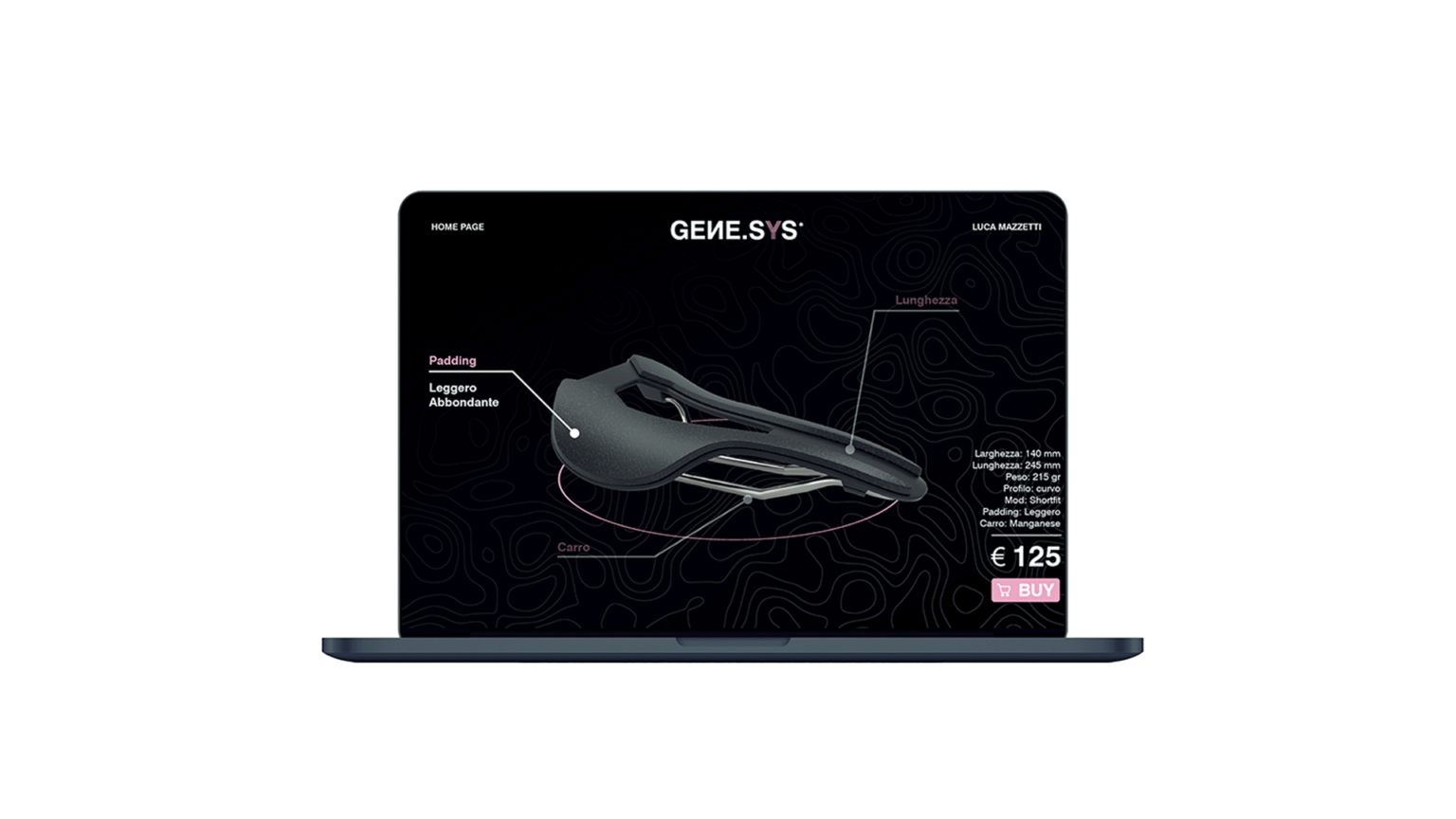
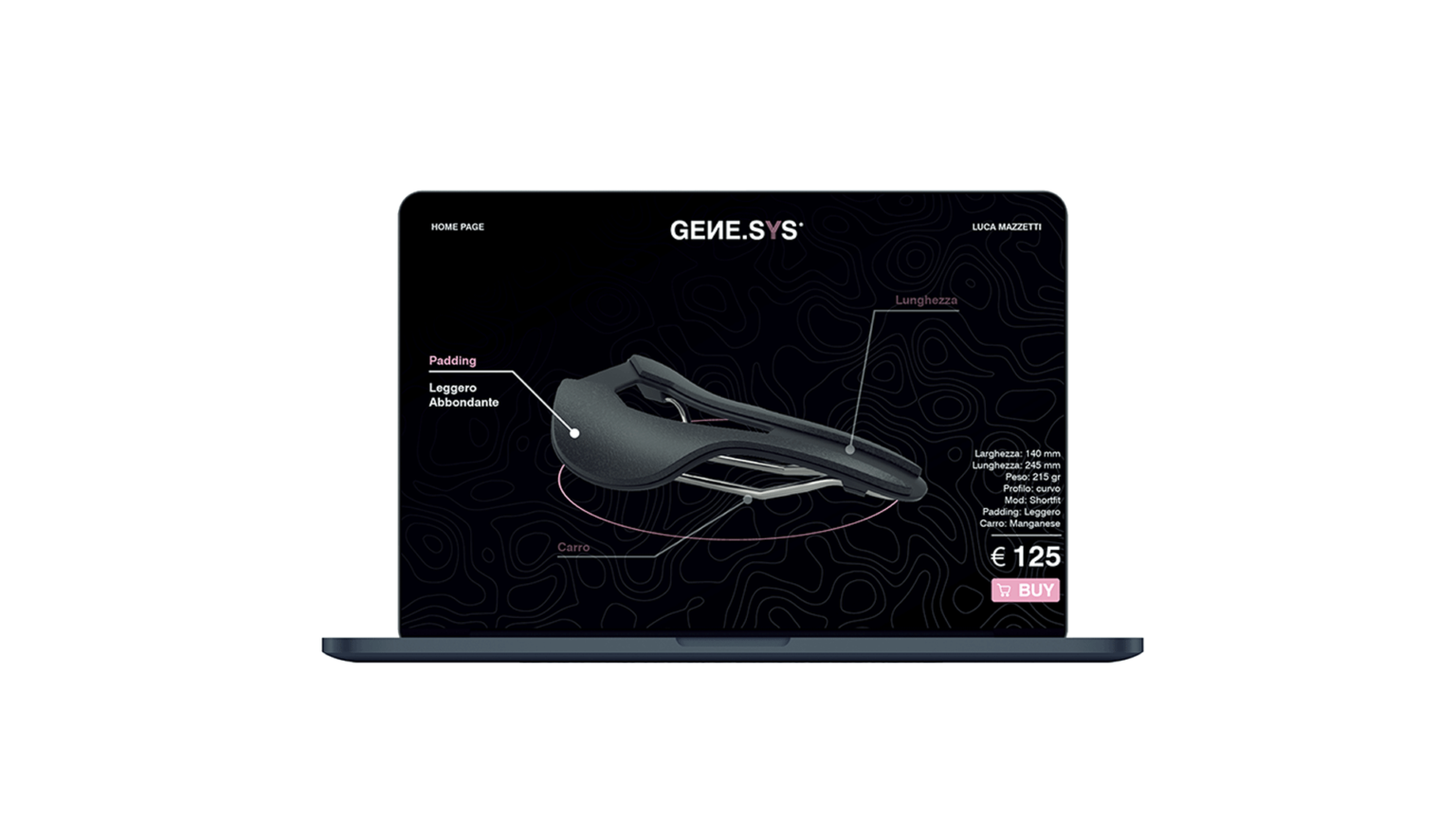
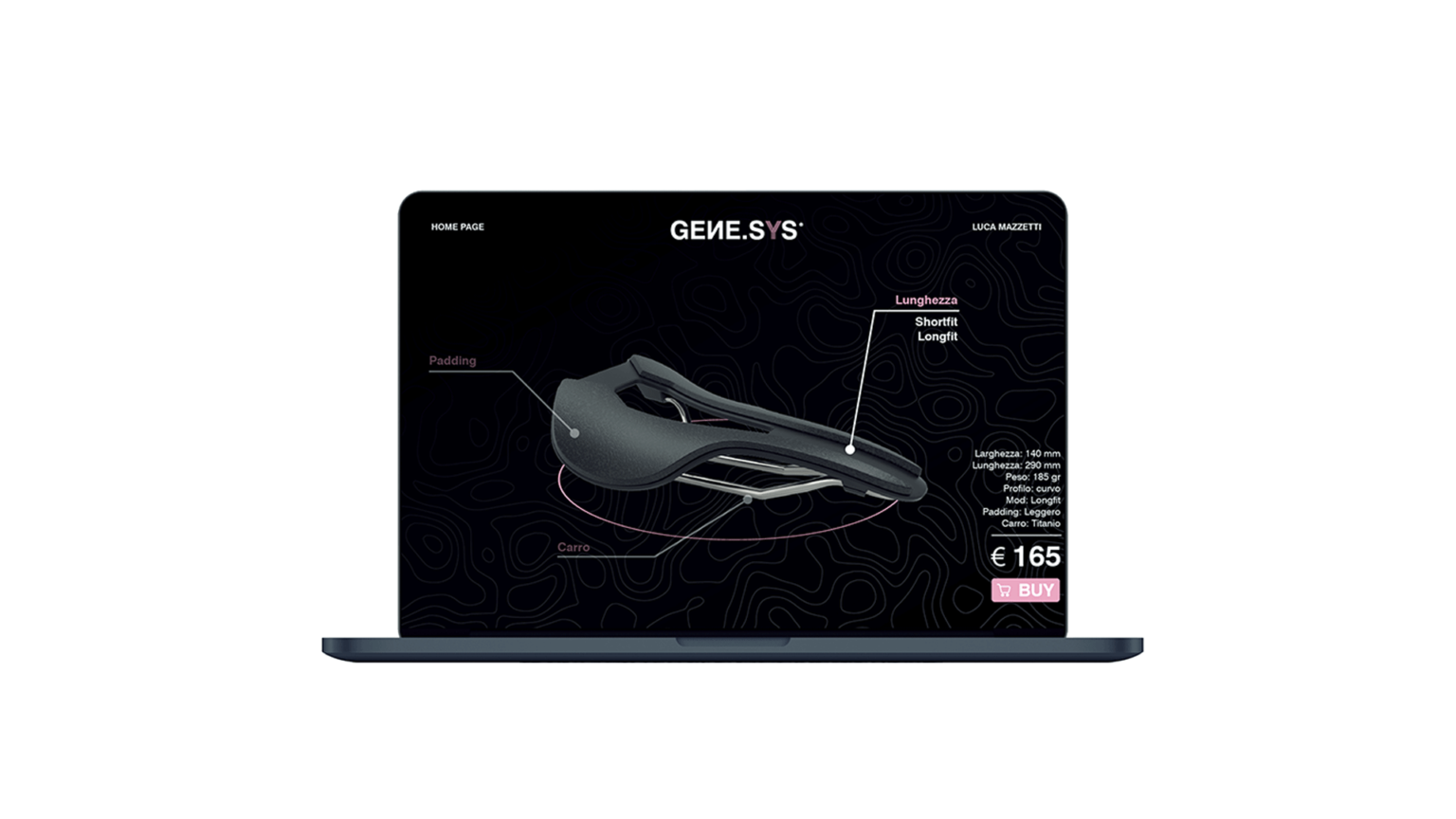
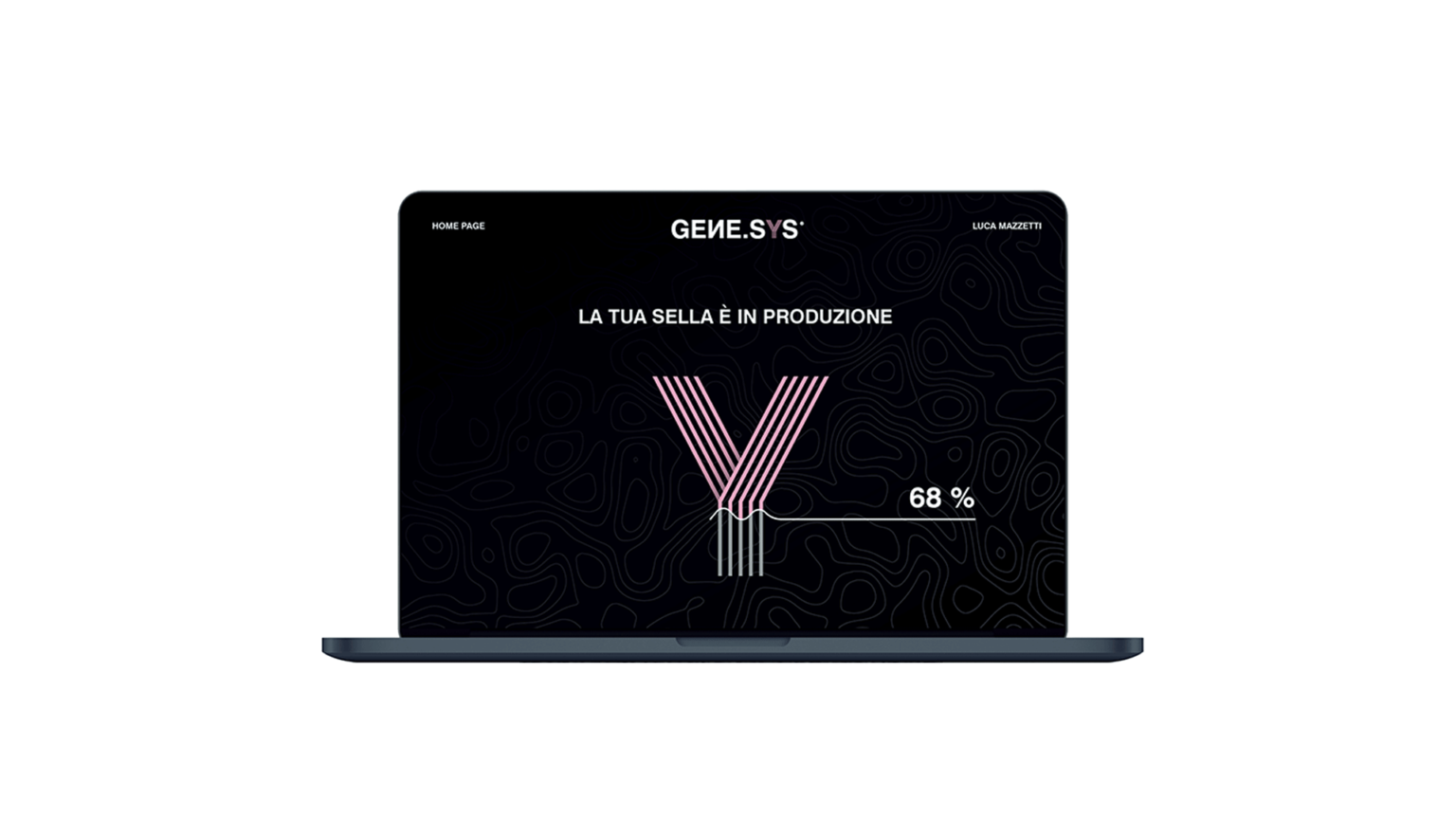


Product architecture
Creating a customizable product brings up lots of possible issues that should be avoided: the main one is related to the high cost of creating every component different from the other, going away from the mass production. It is necessary, so, to understand the functions of every single component and defining how it can be related to the others to establish a sort of protocol. The architecture of GENE.sys is designed to optimize what mass production and customization could give to the user. The main components, the frame let’s say, is the one responsible for the real measurement variation we need, and it must be personalized every time. The other components, instead, as the rails the cushion, and the functional parts could be adapted to the frame if this is well designed. And moreover produced with mass production processes lowering the costs and the delivery time of the product, since they could be stocked in great quantities and used when they’re necessary.
This open architecture generates other benefits too. The first one is to extend the lifecycle of the product. Saddles are the first objects that suffer scratches and impacts. Traditionally if the cushion is worn out you have to change the whole saddle, with this system you can just buy a replacement and you’re ready to ride again. Another interesting scenario that opens up is related to the possible upgrade you can apply to your saddle: for example, you buy GENE.sys with manganese rails, then you’ll start to love it and you decided to buy carbon rails, decreasing the weight of the saddle. Here a new market can be born, increasing incomes and reducing waste.
Prototyping
I’m the kind of designer that, at a certain point in the process, needs some physical contact with the product. So just as I finished designing the main shape of the saddle, even before completing the topological optimization I 3D printed a mockup of what the main shape of the saddle could be. I suddenly noticed that the saddle satisfied me, but there were some little changes to apply, for example, lighten the 2 “cheeks” and increase the thickness of the padding. Thanks to the prototype I verified that the structure, even made in PLA, was very stiff and the assembly was easy and effective.
With these modifications in mind, I updated the 3D model and then focused on topological optimization. In this case, it was realized using the Voronoi equation through grasshopper, but it could be made using various generative software such as Fusion360 or Paramatters.
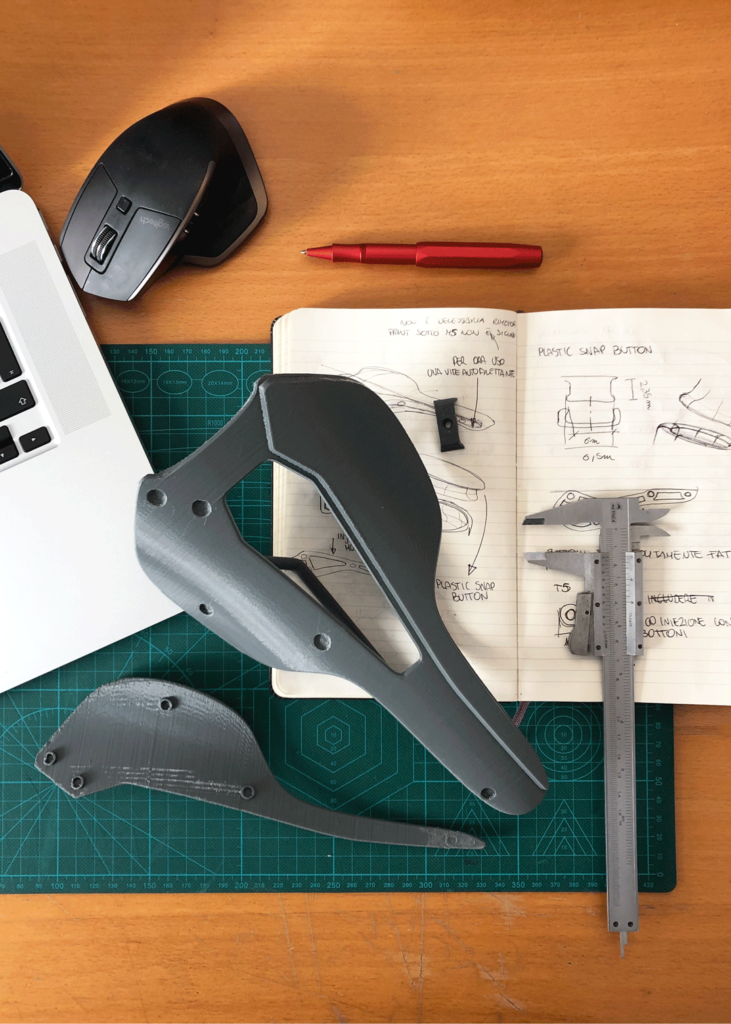
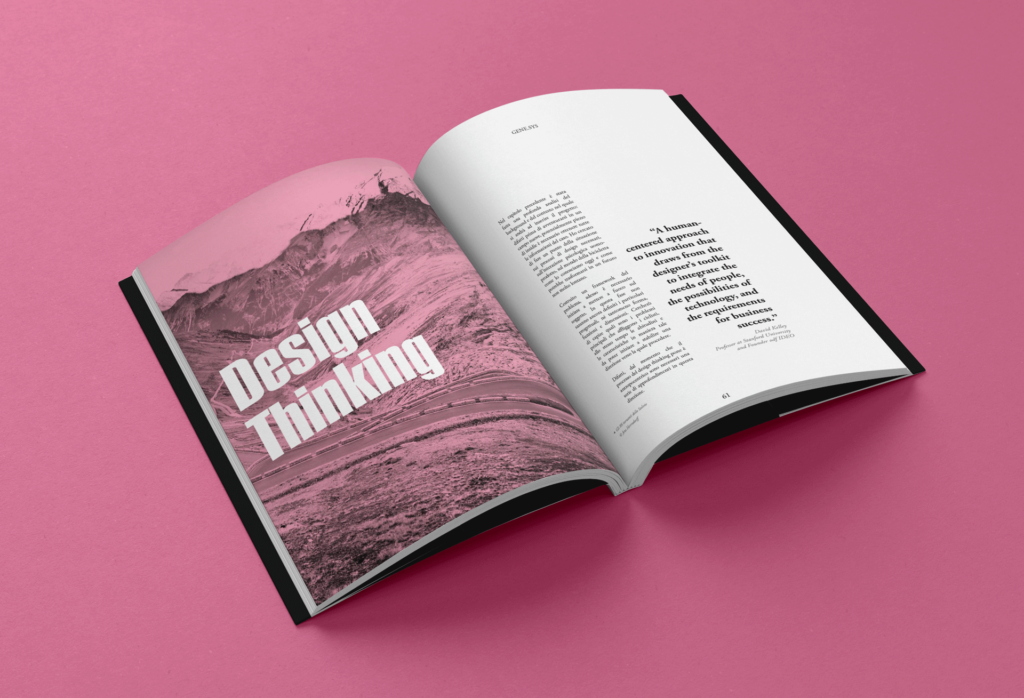
Since this project was developed for my Master’s Thesis at Politecnico di Milano I wrote a report on everything you need to know about, and if you want to go deeper, just request the report and I will be very happy to talk with you!
Disclaimer:
This project was realized for an academic purpose. Any of the brand are involved, I just used their logos to add a little bit more framework to my work.
Disclaimer:
This project was realized for an academic purpose. Any of the brand are involved, I just used their logos to add a little bit more framework to my work.
